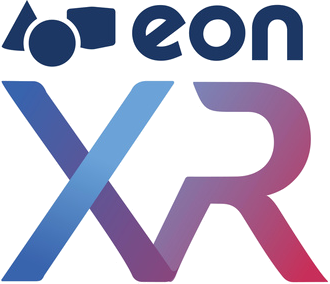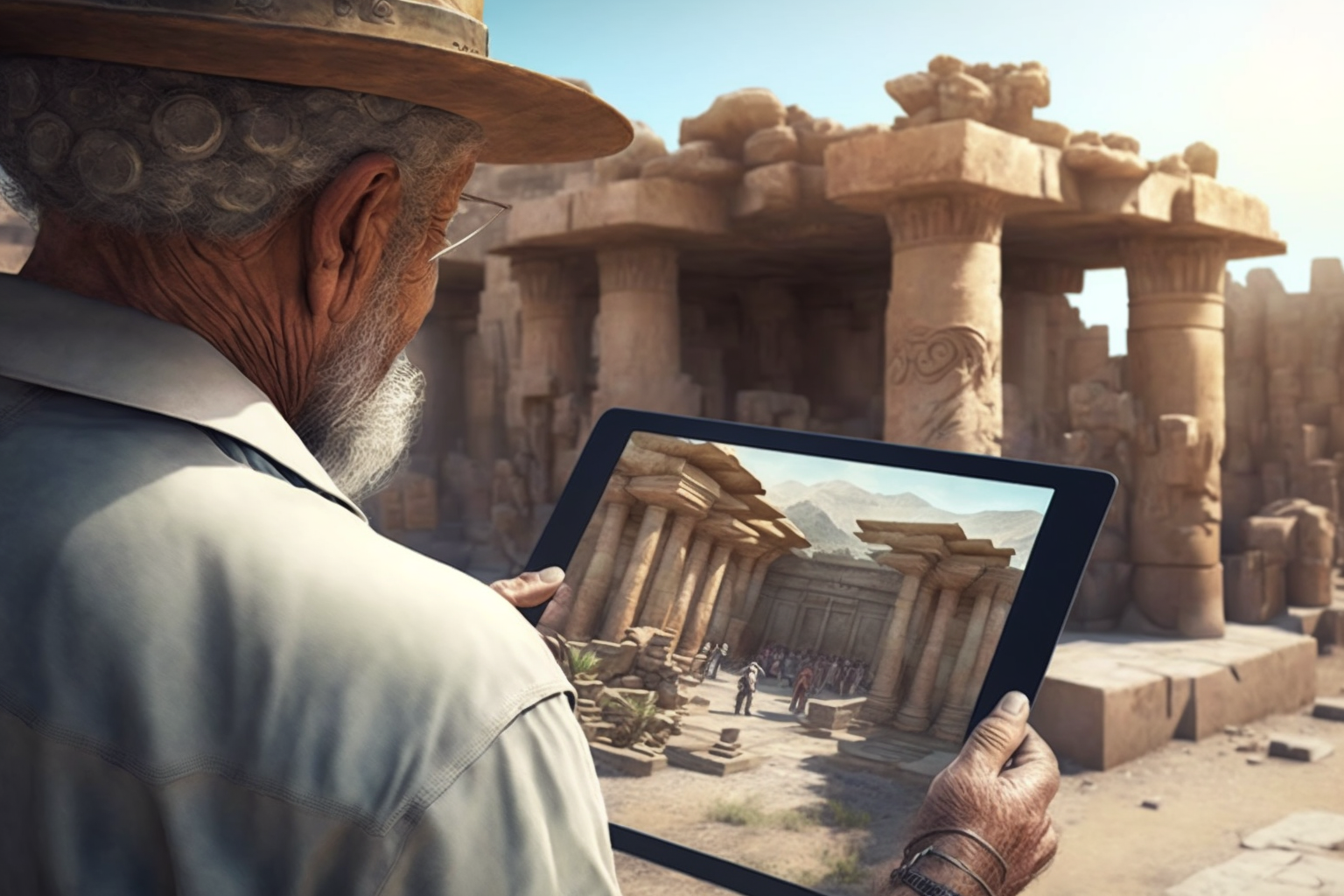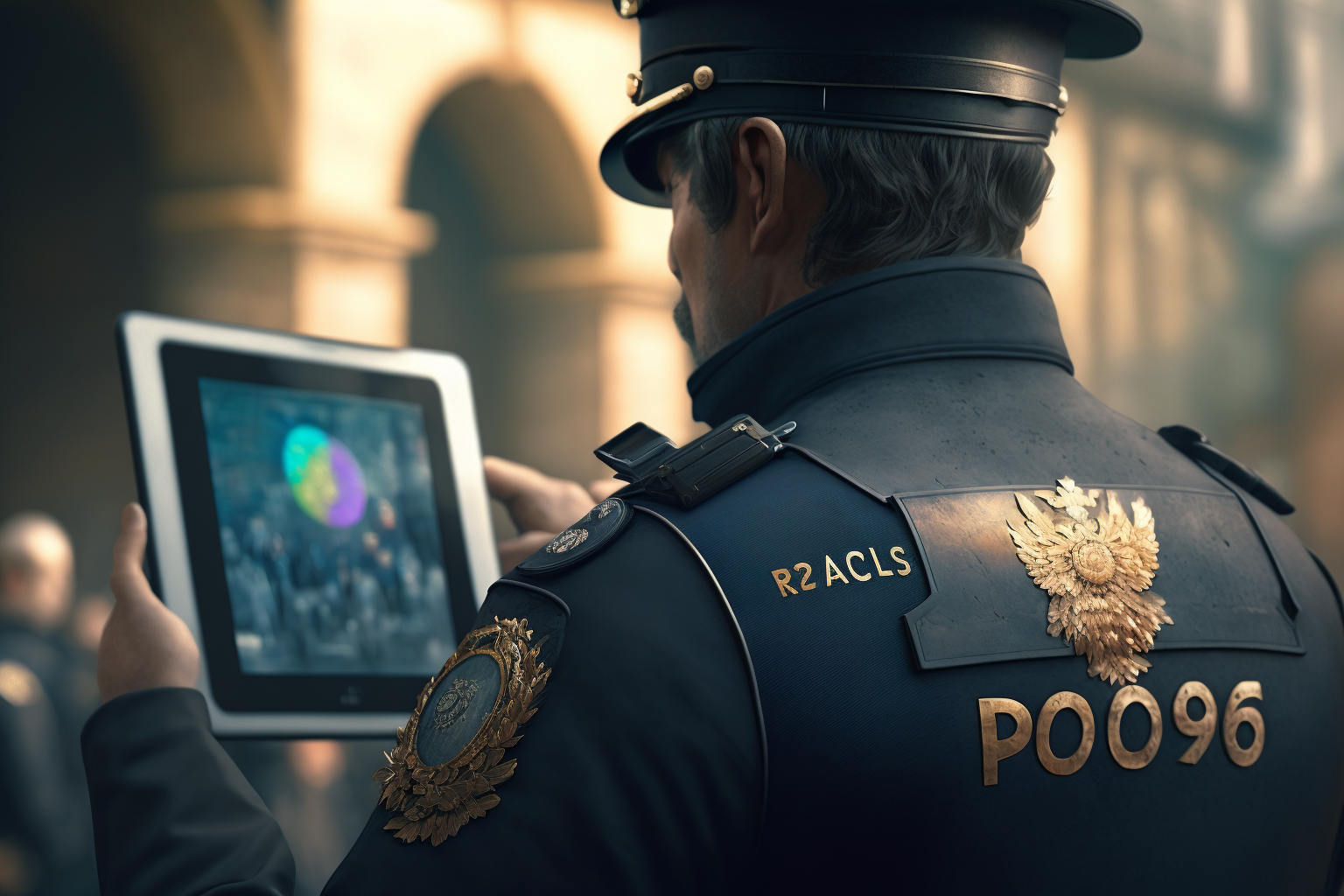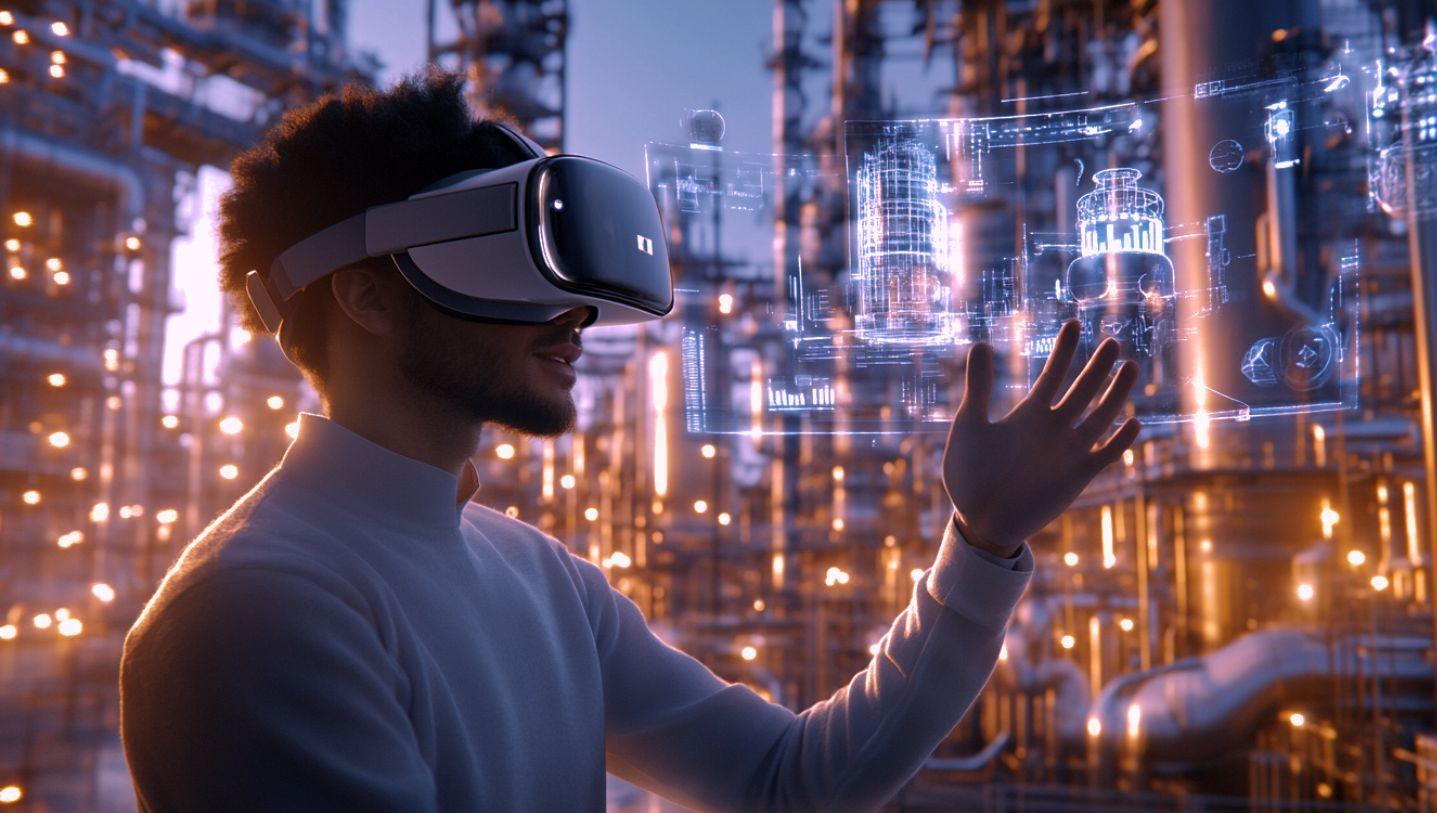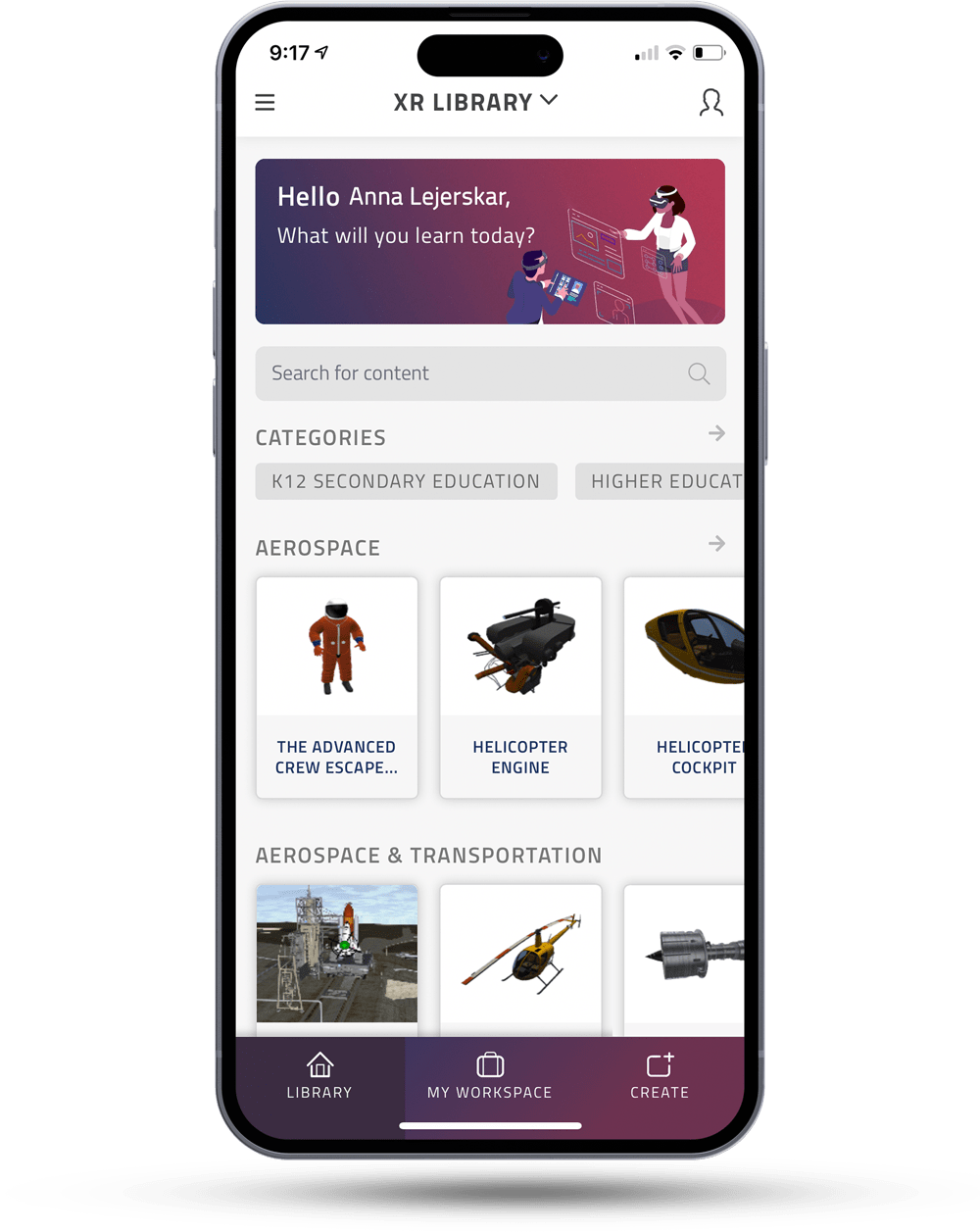Edtech and Pedagogy, which comes first? In this week’s edition of Peter’s Pedagogical Corner, Chief Learning Officer, Dr. Peter Looker weighs in on the great edtech and pedagogy debate. Drawing from his experience, research and historical evidence in pedagogical practice, he makes a strong case for why the «pedagogy before technology» approach may sometimes inhibit our imagination for learning possibilities and potential in the classroom.
The Edtech and Pedagogy Debate: the chicken or the egg?
The frequently-heard mantra in higher education is that pedagogy should always lead technology: “Build Pedagogy Before Technology” Steven Anderson (2017) declares, while Michael Sankey (2019) emphasises “Getting the Order Right, Pedagogy Before Technology”. Anderson suggests that much technology is ephemeral, so putting too much weight on it is doomed to long-term failure. As someone who has been assailed for 20 years by vendors selling educational technology that has indeed sunk from sight, I have some sympathy with this point of view. At a practical level, what criteria do you use to make decisions about investments in technology? The question of whether the technology is going to be useful to student learning is therefore always at the forefront of the decision-making, leading to our mantra, pedagogy before technology.
However, I would also suggest that there is an inhibiting factor in making technology a slave to some predetermined idea of pedagogy. It implies that the technology is being accommodated, made to fit in, and it leads to situations where, instead of using the technology in new and interesting ways, already existing content just gets shifted from conventional teaching to an online environment.
Past technology-led revolutions in learning
Instead, there is a good historical case for saying that the technology changes how, what and where we learn. One of the problems with the debate about educational technology in the current climate is that we talk as if the idea of technology-assisted learning is itself new, forgetting all the former technologies that have got us to where we are. What we mean when we talk about educational technology is new technology.
This kind of discussion often leads back to the 1430s and Gutenburg’s invention in Europe – the Chinese and Koreans had got there long before – of the movable-type printing press. (We could, of course, stretch this back to another revolutionary technological advance, the replacement of continuous scrolls with the codex.) But before the printing press, all books were hand-written and every book unique.
The picture included here of a late 14th-century lecture, widely disseminated and discussed in the last 20 years, is often used as a way of showing that times haven’t changed much. And while it’s fun to point out that the behaviour represented in the picture is recognisable from student lectures today – people falling asleep, chatting, looking bored, or showing rapt attention (in the front), it is a relatively trivial point. More important is the relationship between what the people in the picture are doing and the technologies of learning in the 14th century. The codex (as opposed to a stone table, for example) allowed the lecturer to use a relatively portable embodiment of knowledge. The fact that it is hand-written and unique, on the other hand, means he has the only copy of the book and therefore the quickest way to disseminate it to a larger number of people is to read – in Latin, lectura. The technology shapes the form of learning.
The revolution in learning brought about by the printing press, in terms of science, politics and religion, among other things, nevertheless had its detractors. In the later 15th century, the monk Johannes Trithemius complained that an intimate knowledge of sacred texts could only be gained through the physical labour of handwriting, not printed books. The act of writing with a pen and ink helped to internalise the sacred text and give it meaning. He may well have had a point. I know people today who write their novels or PhD theses by hand first because they believe it gets deeper into the subject matter.
Importantly, Trithemius’s argument is one about the relationship between technology and pedagogy, and I suspect that had Trithemius been alive today, he would have said, “Pedagogy before technology”, forgetting that pen, ink and codices were in themselves technologies that once did not exist.
It might be worth mentioning one other revolution, the invention of the railway, which led directly in the nineteenth century to the invention of the paperback and smaller more portable books that could be carried in a bag. Coaches were too bumpy for reading. The railway enabled a new kind of reading – a new kind of reading interacting with a different, less sequestered environment – you could read and learn anytime, anywhere. In other words, the railways changed how we can learn.
Edtech and Pedagogy working hand in hand: Technology opens new understandings
Many other examples of technology-led shifts to learning could be cited here, but sometimes a quite simple use of technology can open new horizons and possibilities we had not previously known.
Once, I was invited to a primary school in Singapore to talk with a few teachers about a small experiment they had done in relation to a project comparing two groups of students. For several years, the students had been given an assignment (individually) building a rocket. Instructions had been given in class, and the students did their assignment both in class and at home. The control group did the same. The experimental group were given four short instructional videos to watch at home. There were several outcomes of this experiment, but one that was completely unexpected was that the third of the four videos was watched three times more than any of the others, across nearly all the students. The videos enabled a form of analytics. Even though the teachers had been surpervising in the previous years, they had not seen, as they did now, that the students found the instructions given in the third video the most difficult part of their assignment. This is an elegant example of where the technology opened previously unknown information to change how the teaching takes place.
Letting Augmented and Virtual Reality shape new pedagogical practice
What I would like to suggest here is that we should “listen” to what the technologies are telling us about the new directions we can take in student learning. The Covid-19 crisis has sharpened our ears to this, but it has also produced something of a reactive approach to educational technology. Many universities I have spoken to seem to have adopted the attitude that they do not have time to look at new directions because all their time is taken up switching current content to online mode.
There is a confusion between the urgency of continuing current delivery – which can lead to backwards-looking strategies like having recorded traditional lectures shoved online – and taking the longer view by using the opportunity to transform education, allowing the technology – Augmented and Virtual Reality, in particular – to lead students into whole new areas of learning.
Here, I think is what is wrong with the formulation “pedagogy before technology”. Too easily this can lead to the conclusion that the use of technology is no more than making current pedagogical practice more convenient, or accessible in different ways, recorded live lectures, for example.
Instead, let’s look at where the technology can address gaps and new ways of seeing. As Eric Mazur at Harvard, among others (https://youtu.be/P3X0I9W_c34 ) have been pointing out for the last 20 or more years, in our conventional way of teaching, students can pass exams in physics, but graduate without understanding how physics concepts apply in real-world situations. As in physics, so in other subjects, where students learn facts and theory in lectures or through reading. In engineering and sciences, this is often referred to as learning “the basics”. Traversing the gap between the theory and real-world application and problem-solving is surely one of the most urgent agendas universities must now pursue.
We can do this if we use technology in a transformative way, if Augmented and Virtual Reality, for example, are used to create learning opportunities that have never occurred before. The creation of real, but high-risk situations, in a safe virtual environment, where risky procedures can be demonstrated, or where the student can perform something that could lead to danger if not practised first. Virtual field trips to places that students cannot travel to, virtual collaborative learning with larger numbers of students in ways that physical face-to-face space never allows, or the experience of information overlays in immersive or actual environments. In all of these, the gap between the theoretical and the actual can be closed. The technology creates the pedagogical opportunities.
«The technology creates the pedagogical opportunities.»
The edtech and pedagogy debate with its insistence on pedagogy before technology can often inhibit our imaginations from seeing the previously unknown potential for pedagogical transformation. The Covix-19 shut down allows us to imagine new pedagogies, proving that edtech and pedagogy might not be in a position of competing priorities after all.
References
“Build Pedagogy Before technology: curriculum suffers when technology gets in the way” ed Circuit December 18, 2017
https://www.edcircuit.com/build-pedagogy-before-technology/)
Eric Mazur “Why you can pass tests and still fail in the real world”
https://youtu.be/P3X0I9W_c34 Western Washington University, 2006.
Michael Shankey “Getting the order right, Pedagogy before Technology”
https://www.slideshare.net/michaelsankey/getting-the-order-right-pedagogy-before-technology March 26, 2019




